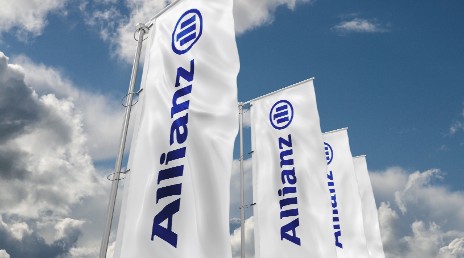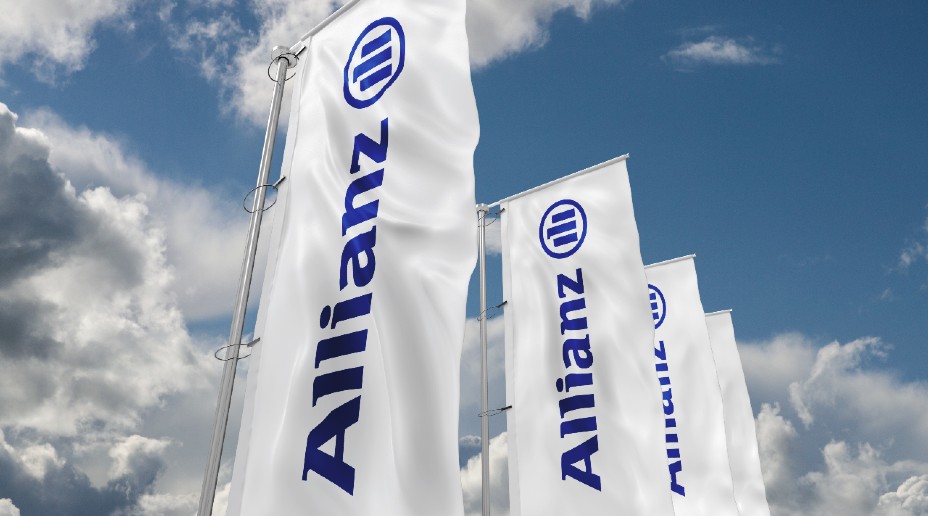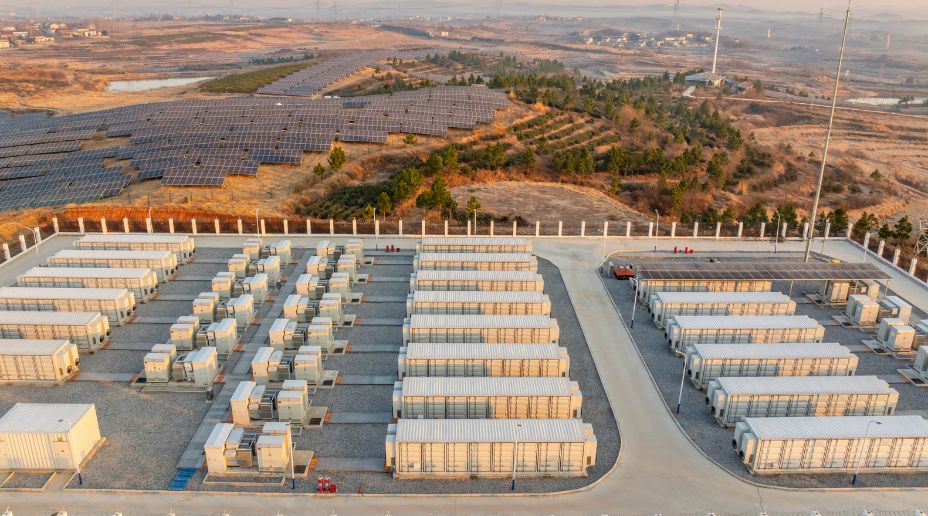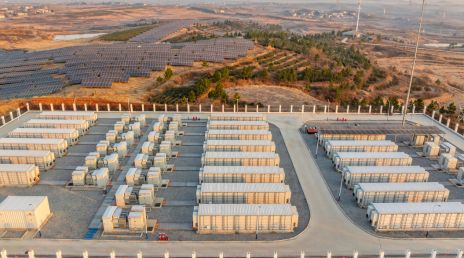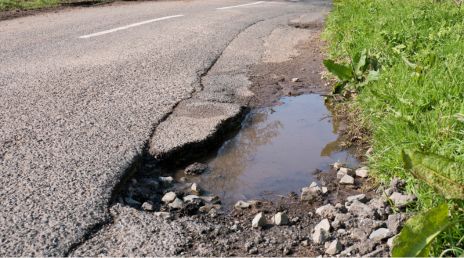Successfully managing a supply chain is a delicate and complex process having evolved from a relatively simple exercise of controlling an end-to end set of processes, to managing large, international interdependencies. Getting it right isn’t always easy, but businesses can put steps in place to help mitigate, and best equip themselves for, supply chain disruption.
- Be familiar with the chain
Firstly, it’s important for a company to have a comprehensive view across all tiers of the supply chain. This includes undertaking due diligence for second and third tier (in addition to first party) suppliers to check the integrity and resilience of these business partners. Developing and nurturing such relationships is also key, and most likely to encourage collaboration through challenging times of disruption.
- Diversify
Placing too much reliance on a single supplier can be risky. By diversifying where possible, the risk can be spread and there may be more options with regards to goods and services. Furthermore, it may be advantageous to utilise a mix of larger companies and SMEs in the supply chain, thereby benefitting from both the resilience of larger companies and the agility and innovation often inherent in smaller enterprises.
- Supply Chain Risk Management (SCRM)
Insurance alone cannot eradicate the risks associated with supply chain disruption; therefore it’s important to strengthen resilience through SCRM, which focuses on avoiding and managing the potential impact of events which can threaten the supply chain. It’s recommended this is undertaken in conjunction with risk management experts. Once risks are identified and prioritised, brokers and insurers can assist in advising on suitable cover.
Once a SCRM programme has been fully developed, a monitoring system should be introduced, including periodic reviews, testing, post-incident report analysis of plans and processes, and implementation of any identified improvements to ensure it remains fit for purpose. Only then, will a business have put in place the most robust plans to ensure its survival in the event of a supply chain emergency.
- Technology
As supply chains become increasingly integrated, many businesses are capitalising on supply chain technology. This allows companies rapidly to obtain and analyse data which can help in mapping out the chain and ensure that goods are moved in the most efficient and effective way. However this should not be seen as a substitute for trained, skilled supply chain professionals; rather a balance of human and machine makes for best results.















